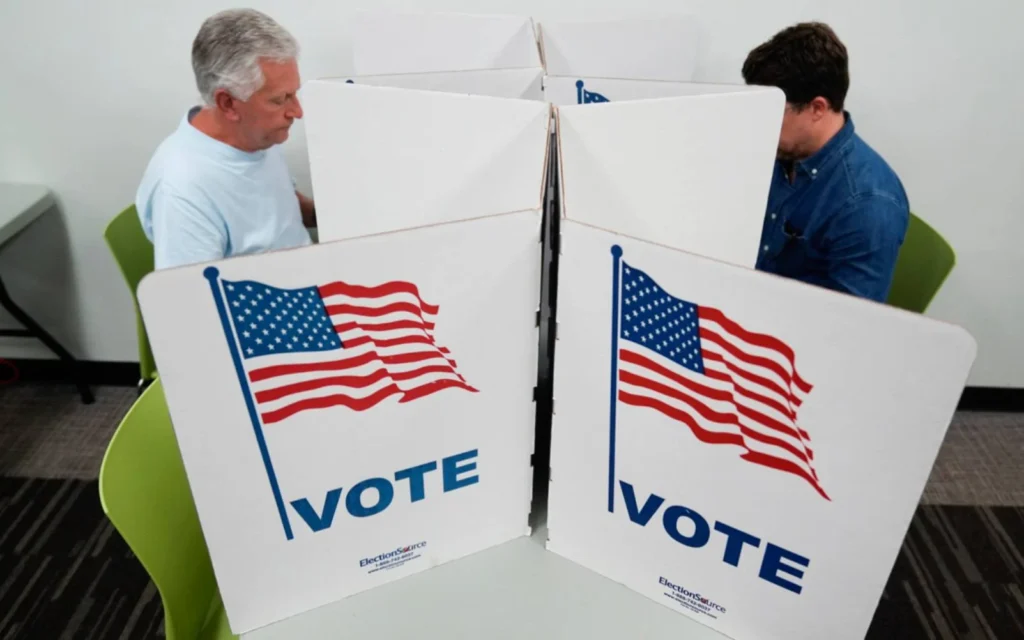As election season approaches, one of the most pressing questions for citizens is Where to Vote?” Knowing where to cast your ballot is crucial for making your voice heard in a democracy. This guide will walk you through the steps to find your voting location, the importance of knowing your polling place, and some tips for a smooth voting experience.

Understanding Polling Places
Polling places are designated locations where registered voters go to cast their votes on Election Day. Each voter is assigned a specific polling place based on their residential address. This ensures that local residents can participate in elections that affect their community directly.
The importance of knowing where to vote cannot be overstated. Voting in the correct location helps maintain the integrity of the election process. If you go to the wrong polling place, you may not be able to vote or might face delays that can affect your ability to cast your ballot.
How to Find Your Polling Place
Finding out where to vote is relatively straightforward. Here are several steps you can follow:
1. Check Your Voter Registration
Before you can determine where to vote, you should verify that you are registered to vote. You can typically check your registration status on your state’s election office website. This will not only confirm your registration but also provide information about your designated polling place.
2. Use Official Resources
Most states have official online resources that allow you to find your polling location. Visit your state’s election office website and look for a section that says “Find My Polling Place.” You may need to enter some personal information, such as your name, date of birth, and address, to access your polling location.
3. Contact Local Election Officials
If you prefer speaking to someone or cannot find the information online, consider calling your local election office. They can provide you with the most accurate and up-to-date information regarding where to vote.
4. Check Voter Information Cards
When you register to vote, many states send out voter information cards that include your polling place. If you received one, keep it handy as it can serve as a quick reference.
5. Utilize Mobile Apps and Tools
Several nonpartisan organizations have developed mobile apps and online tools to help voters find their polling places. Apps like Vote.org and BallotReady allow you to easily access your voting information, including where to vote.
What to Expect at the Polls
Once you’ve identified where to vote, it’s essential to prepare for your visit. Here are some tips to ensure a smooth voting experience:
1. Know Your Voting Hours
Polling places have specific hours of operation, which can vary by state and even by location. Make sure to check the hours of your designated polling place so you can plan your visit accordingly.
2. Bring Necessary Identification
Some states require voters to present identification when voting. Check your state’s ID requirements to ensure you have the proper documentation. This could include a driver’s license, state ID, or other forms of identification.
3. Review Your Ballot Ahead of Time
Many local election offices provide sample ballots online before the election. Reviewing your ballot can help you feel more prepared and confident when you arrive at the polls.
4. Be Patient
On Election Day, polling places can get busy, especially during peak hours. If you encounter a line, be patient. Remember, voting is a vital civic duty, and every vote counts.
5. Know Your Rights
If you experience any issues while voting, such as being turned away or facing intimidation, know that there are resources available to help. Organizations like the Election Protection Hotline (1-866-OUR-VOTE) offer assistance to voters encountering problems at the polls.
The Importance of Voting Locally
While national elections often garner the most attention, local elections significantly impact your community. Decisions made by local officials affect everything from schools to public safety and infrastructure. By knowing where to vote and participating in all elections, you help shape the future of your community.
Conclusion
Understanding Where to Vote is a fundamental aspect of participating in democracy. With the right resources and preparation, you can ensure your voice is heard on Election Day. So, as you gear up for the next election, remember to take the necessary steps to find your polling place and make your vote count. The question “where to vote” should be met with confidence and clarity, empowering you to play your part in shaping your community and country.

























